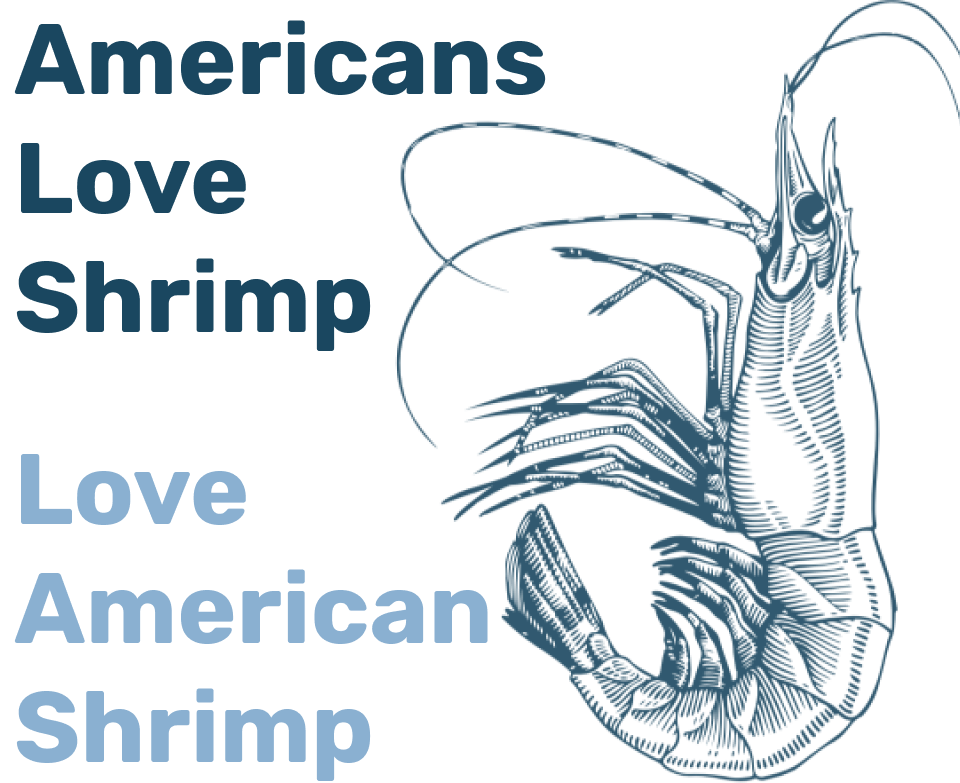
Shrimp: The World’s Coolest Decapod
Chances are you, like most Americans, ate four pounds of shrimp last year. And yet the vast majority of us have only encountered shrimp as the familiar pink crescent just begging to be dipped into cocktail sauce. But there's more to shrimp than scampi. There are over 3000 separate species of shrimp found all over the world. We offer just one: Wild Gulf Shrimp, in two different formats: Peeled and Deveined, and Jumbo Easy Peel. Check out some of these amazing ten-legged prawn stars and the amazing things they can do.

They Can Convince You Not to Eat Them
Shrimp taste great, not only to us but to almost every other creature in the ocean. To attract fish that would otherwise find them a tasty meal, cleaning shrimp wave their white antennae and do a little dance. If the fish is receptive, these shrimp can safely venture inside their mouths to remove everything from detritus to nasty bloodsucking parasites. You could call them stunt dental hygienists.

They Can Be Loud. Really Loud
The pistol shrimp makes a louder sound than any other marine animal, producing a noise with their claws that is greater than a gunshot or jet engine. Navy submarines sometimes hide in beds of these shrimp to disguise their location from sonar detection.

They Are Strong. Weirdly So
The Harlequin shrimp is one of the more colorful and ornate shrimps around. They are highly specialized predators that feed exclusively on sea stars. Despite their small size they are able to team up and take on starfish much larger than themselves, severing their arms with their oversize, razor-sharp claws.

They Can Pack a Powerful Punch
The mantis shrimp is an undersea nightmare, a deadly dismembering rainbow of death. It attacks by whamming down the lower edge of its dull claw with such speed, it’s enough to pulverize a snail’s shell, smash out chunks of a rock wall or even break a finger. They are so tough and resilient that researchers are studying their cell structure to create body armor for combat troops.

They are Sustainability Machines.
Most shrimp are breeding dynamos—within hours after their eggs hatch, females are carrying a new batch of fertilized embryos. They can lay a new batch of eggs every thirty days, which only take two weeks to hatch. A single female shrimp can lay up to one million eggs in a single session. Once born, the baby shrimp merge with the plankton in the environment in order to protect and feed themselves until they are large enough to hunt in groups. The large number of offspring is vital in allowing the species to flourish due to their short life-span, which is only about 3-4 years.
Shrimply the Best.
Despite shrimp’s popularity, most consumers don’t know what species of shellfish they are eating: More than 40 species of shrimp are allowed to be labeled and sold as just “shrimp” in the U.S. Of those 40 species, Sea to Table is proud to offer only one: Wild Gulf Shrimp caught in the US shores of the southern Atlantic the Gulf of Mexico. They may seem boring compared to the shrimp described above, but when it comes to taste, texture and flavor we think they are the best, and we’re sure you’ll agree.
← Older post Newer post →

